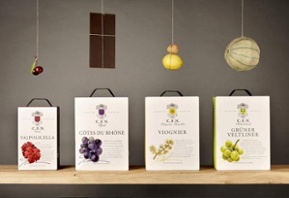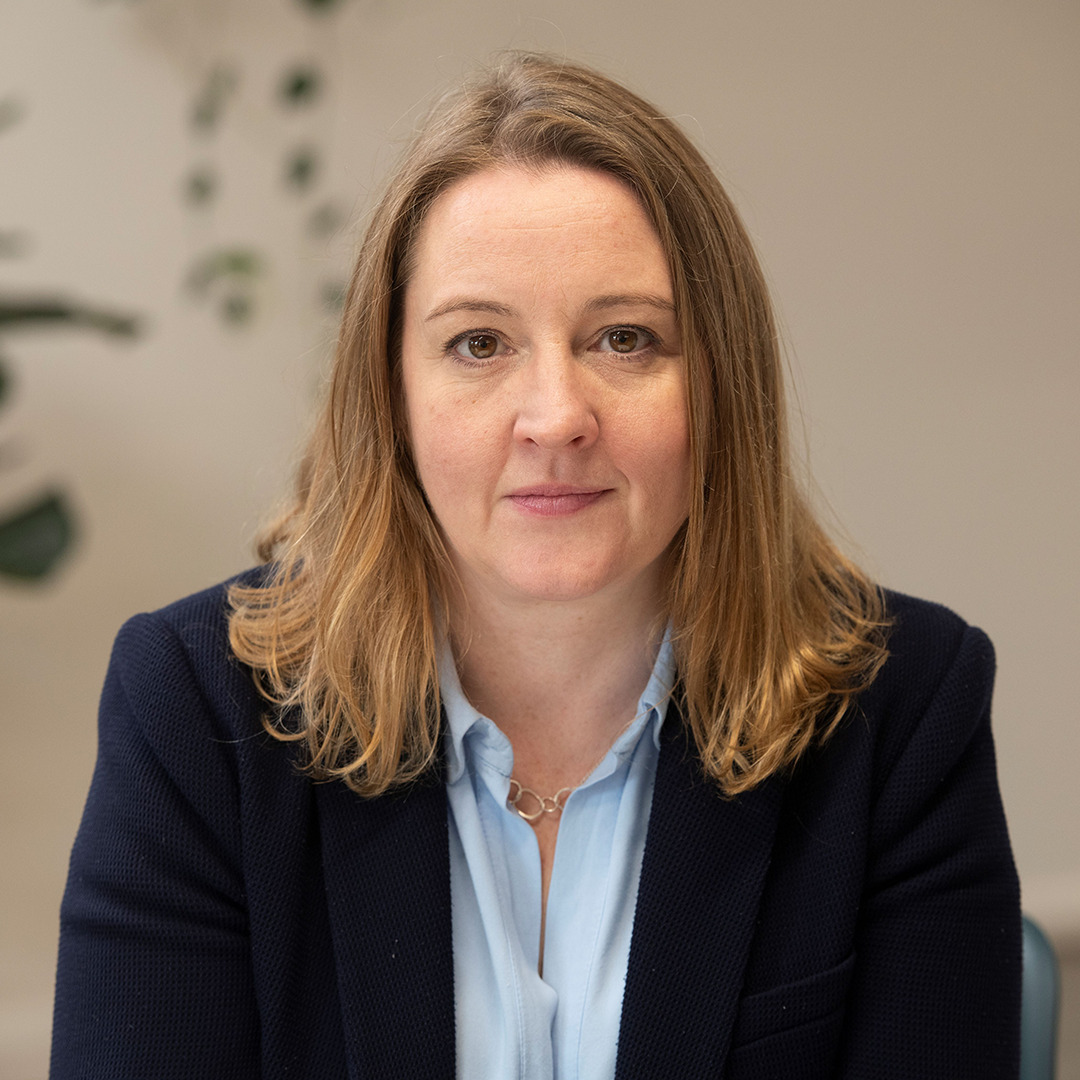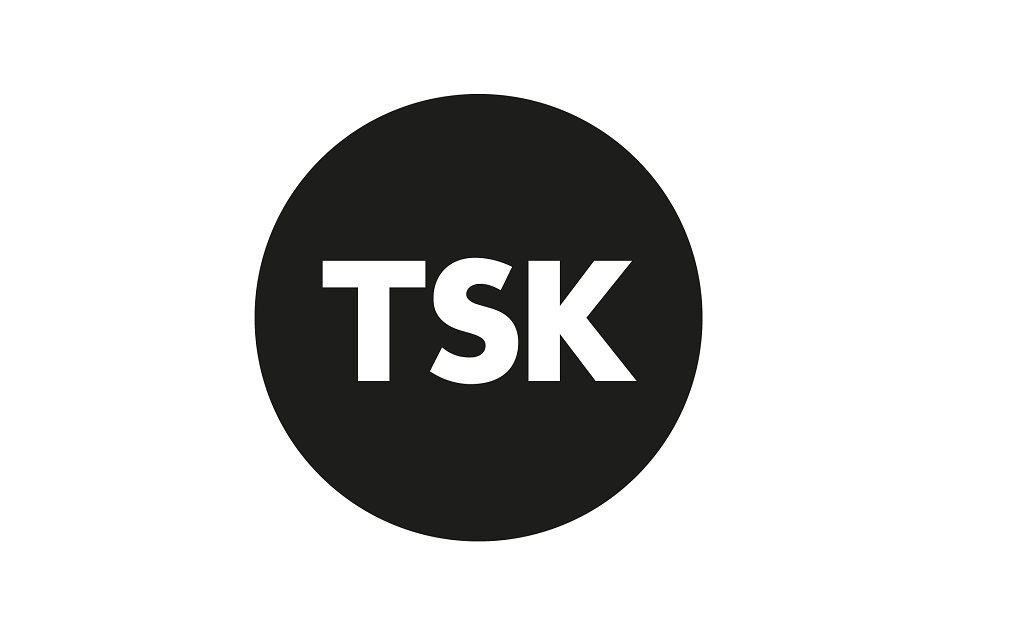Why Investing in Good PR Photography Can Pay Dividends
One major problem faced by PR professionals is clients who simply don’t understand the importance of investing in good photography.
The importance of images should never be underestimated, yet the amount of times I have been told: “I have someone in the office with a digital camera who can take a few shots” is scary. 
As soon as that image lands on the picture editor’s desk, it will be deleted and then the sad likelihood is the accompanying story will also be spiked.
Because like it or not – PR isn’t just about press releases, it’s about supplying engaging, quality content to whichever publication (on or off-line) you are trying to secure coverage within.
And sometimes, a good photograph can be the ONLY reason a press release is ever run in the first place.
How the press treat images
Pick up a newspaper or magazine and the first thing that will catch your eye are the stories that have accompanying images and any help you can give an under-resourced Picture Editor in filling the paper with quality imagery will be very much appreciated. If you develop a reputation as someone who tends to provide quality imagery with their story sell-ins, this can also help to build valuable relationships.
The better the picture, the greater chance you have of appearing in a prime spot in the publication. The best images often appear on the show pages – pages one, three and five. A well thought out and executed photograph could help bump your article up the pile and grab more page space.
Here at Roland Dransfield we get positive feedback from numerous publications because: “we supply good pics.” And not only that, what could be a half page news story can suddenly bloom to a full double page spread – simply because of the quality of the images we’ve supplied to fill those pages.
Practical Advice
To help boost your chances of coverage, we’ve pooled our knowledge to set out some of the most important lessons we’ve learned – often the hard way – about courting the press with the right kind of imagery.
A picture paints a thousand words and will help you tell your story – whether it’s a product image, an image of you and your team or images from an event. Including an image in your press release will grab a journalist’s attention and help you tell your story.
To this end, think about the different images that you might need – from product shots, to shots of events and head and shoulder shots of key senior people within your organisation who may act as spokespeople.
Always invest in professional photography. A good photographer can advise on the kind of images you need and will ensure they get the right shots needed to make it into a publication.
It’s always a good idea to create a Photography Brief to define the purpose of the shoot, exactly where the images are going to be used and what they are going to be used for. The more information you can give a photographer, the better.
 Newspapers and magazines can only use high-res images. Ensure your pics are press-ready by only sending images that have a resolution of more than 300 dpi (dots per inch) and are at least 1MB. While online requirements tend to be slightly less stringent, it still pays to invest in quality imagery.
Newspapers and magazines can only use high-res images. Ensure your pics are press-ready by only sending images that have a resolution of more than 300 dpi (dots per inch) and are at least 1MB. While online requirements tend to be slightly less stringent, it still pays to invest in quality imagery.
Avoid amateur Photoshopping – if you can’t afford a proper shoot, it’s best to avoid making the shots up. Badly Photoshopped images are obvious and won’t do your brand any favours.
Provide picture captions for all the images you supply. This is information for each image that helps the newspaper identify who is present or what is taking place. All photographs of people should be submitted identifying (left to right, back to front) who is in the picture. Use full names and provide job titles. Editors need to be able to be confident they can identify all in the shot. The easier you can make the Picture Editor’s job the better.
 The standard of the photography and the photographic content will help increase your chances of securing coverage. If the picture is much stronger than the accompanying story then the publication may choose to run it as a Picture Story – a large picture with just a few lines of text. Newspapers, magazines and the trade press will often use an image up to half page as a great visual. Remember they have to fill the paper and any way you can help them do that is positive.
The standard of the photography and the photographic content will help increase your chances of securing coverage. If the picture is much stronger than the accompanying story then the publication may choose to run it as a Picture Story – a large picture with just a few lines of text. Newspapers, magazines and the trade press will often use an image up to half page as a great visual. Remember they have to fill the paper and any way you can help them do that is positive.
If you can’t get photos yourself, but have an event coming up that you think may be of interest to the press – then invite them to send a photographer along. If they have the capacity and believe the story is of interest, then they may provide a photographer. Similarly, if you have arranged for your own photos to be taken then make sure you inform the paper beforehand as this will help them plan in the coverage.
And You?
If you’ve got any questions, think we’ve missed anything obvious or want any recommendations on professional PR photographers – be sure to leave us a comment below or fire us a tweet – we always love to hear from you.
And if you want to get your company in the headlines, but aren’t sure where to start – download our introductory guide, where we compare the pros, cons and ROI of popular PR and marketing options for SMEs:
Selected industry experts bring you insight and expert advice, across a range of sectors.
Subscribe for free to receive our fortnightly round-up of property tips and expertise
Selected industry experts bring you insight and expert advice, across a range of sectors.
Subscribe for free to receive our fortnightly round-up of property tips and expertise






